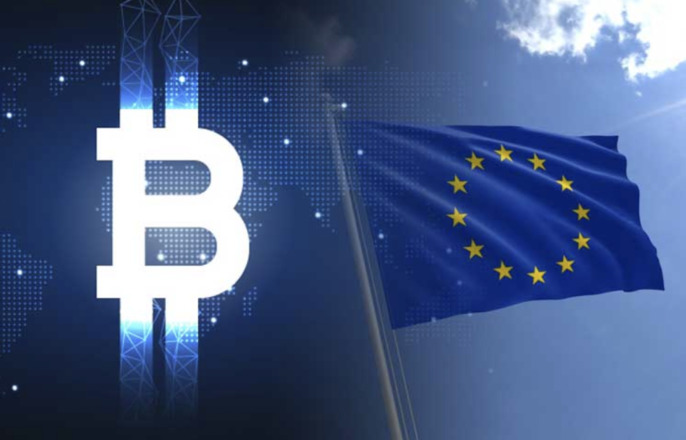
The European Union (EU) has always been at the forefront of innovation, and in a significant move, it’s paving the way once again. This time, it’s in the realm of blockchain technology applied to educational and professional credential verification. This bold decision could potentially revolutionize the field of education and the job market, making them more efficient, transparent, and trustworthy.
Table of Contents,
A New Era in Credential Verification
Before exploring the specifics of the EU’s new directive, it’s key to comprehend why this sophisticated ledger system is so transformative. Essentially, it’s a digital, decentralized record that logs and confirms transactions across numerous computers, safeguarding them against modification or deletion. Its primary applications have been in the crypto-sphere, but the uses of this system are extensive.
EU’s Pioneering Move
In this scenario, the EU sees blockchain technology as the ideal solution to address the significant challenges of verifying educational and professional credentials. The traditional process involves significant time and resources, with the risk of counterfeit documents and false credentials. By leveraging this advanced system, the EU aims to streamline the process, reducing cost and time and enhancing trust and security.
Transparency, Efficiency, Trust

This advanced system can securely store an individual’s educational and professional credentials. Each qualification can be recorded on the ledger, providing an immutable and verifiable record of that individual’s achievements. This makes the qualifications transparent and easily verifiable, eliminating the need for lengthy background checks or reliance on paper documents that can be easily manipulated or forged. It also eliminates the need for intermediaries, making the verification process quicker and more efficient.
In this digital age, having a secure, efficient, and trustworthy method to verify credentials is critical. Blockchain technology fulfills all these criteria, reducing the chances of fraudulent credentials slipping through the cracks. This results in a more transparent and reliable hiring process, benefiting both employers and prospective employees.
A Ripple Effect
The influence of this move extends beyond the EU. It sets an example for other regions and institutions globally. By incorporating this sophisticated system into the realm of education and profession, the EU is illustrating its practicality and effectiveness. This not only cements the EU’s status as a leader in technological innovation but also motivates others to exploit this advanced system for similar or even wider applications.
Final Reflections
The EU’s decision to use blockchain technology for credential verification is indeed a revolutionary step that could have far-reaching impacts. As we have seen, it promises increased efficiency, reduced costs, and enhanced trust in credential verification processes.
While these are early days, the signs are promising, and it is expected that more regions and institutions will adopt the EU’s approach. This move strongly affirms that this sophisticated system has applications far beyond the world of crypto. Here at Btchackz.com, we will continue to keep you abreast of the latest developments.
In the realm of innovation, the only constant is change. And with this move, the EU has demonstrated that it is not just adapting to this change but actively leading it. It is an embodiment of a larger shift towards a more digital, secure, and transparent world, and it’s just the beginning. So, stay tuned, and let’s embrace this future together.



